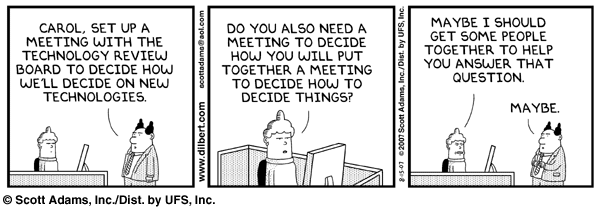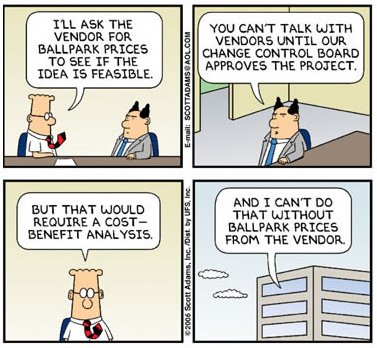Innovation at Adviso

Last month was the Infopresse 360 innovations day with guest star Malcolm Gladwell.
For those who were unable to attend, I invite you to read the 9 elements that I retained from this conference, an article which was devoted to the post of the week on Infopresse on December 5th.
Today, I'm going to do justice to the name of this blog ( Adviso Internal Blog ) to highlight 9 other elements of this conference that particularly apply to the daily challenges of our business. Adviso is a small company that has experienced strong growth over the past three years: continuing to innovate while increasing the number of employees is not easy!
Here are 9 elements that Adviso (and any other similar company) should remember to keep innovation at the heart of its growth.

- Innovation is not just a question of creation (ex: creation of a new service). Innovation is mainly related to process improvement
(eg project management). And it must be remembered that incremental changes also have an impact! - There is no need to reinvent the wheel. Applying a strategy from another industry or market to your reality (in the case of Adviso: Internet consulting in Montreal) is a good example. We do this regularly as part of our strategic benchmarks; we should also do this for our internal processes and deliverables.
- Focus on results. Innovation is a means to an end. Every meeting, every debate, every decision should take into account the ultimate goal. An easy trick: if you spend as much time debating ideas as implementing them, there may be a problem. During meetings, we must avoid getting to the point where we forget the subject of the debate (and we all know that happens on occasion!).

- Customers at the center of innovation. In point 3, we saw that innovation should not lose sight of the final objectives. But what should those goals be? A good starting point are customer needs. And of all customer needs, special focus should be on the elements that constitute irritants. What are the irritants of your customers? Find them and prioritize efforts accordingly.
- Ability to innovate. To innovate, you have to create the capacity to produce and implement change. How many times have you postponed internal and R&D projects due to lack of time? I would be lying if I said this never happened to Adviso!
- Portfolio of innovation. Develop an innovation portfolio and you will have a better view of the efforts to be put in place. It is also a good approach to prioritize your innovation projects.
- Accept failures (some companies celebrate them). Failures are acceptable and even desirable if they are realized early in a project and before it is too late. You have to refrain from overanalyzing each of the ideas. Let's test and see if it works. How many times have you discussed a complex subject only to realize after several months of discussion that it would have been more effective to test immediately rather than falling into endless dithering? The cost of failure is sometimes minimal compared to the cost of the status quo.

- Focus on simplicity. People's attention window in 2008 is very small, that includes your customers. For example, for Adviso, this means emphasizing the simplicity and clarity of the deliverables: from the length of the reports to the graphical presentation of the data.
- Innovation, a culture! Innovation is not one person's business, it must be part of the corporate culture. No one has innovation in their pockets, it's teamwork and everyone has to push together! Does your business accept failures? Has an innovation portfolio? Allocate time for special projects?


.png)
.jpg)




